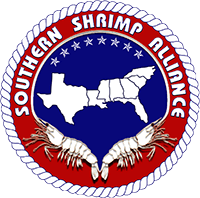The United Nations has declared June 7 as the first ever World Food Safety Day. Food safety is the absence — or the limitation to safe, acceptable levels — of hazards in food that may harm the health of consumers. Food-borne hazards can be microbiological, chemical, or physical in nature. They are often invisible to the plain eye, like bacteria and veterinary drug residues. The Southern Shrimp Alliance is using the awareness day to inspire action against banned antibiotic use in foreign shrimp aquaculture.
The FDA has not approved the use of any antibiotics in shrimp aquaculture, meaning that no shrimp containing antibiotics may be sold in the U.S. market. However, antibiotic use in shrimp aquaculture has been tolerated in a small number of countries. This poses a dual threat to human health.
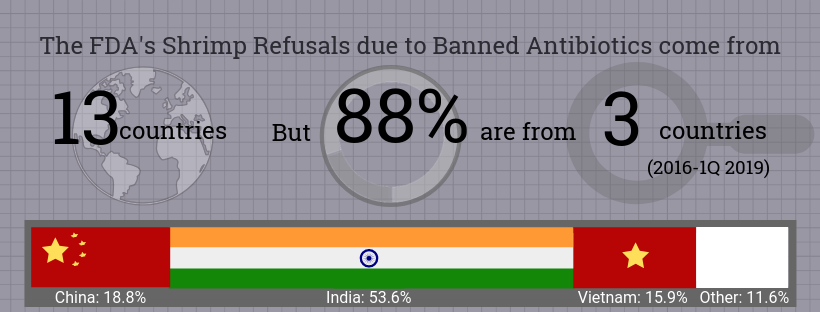
On one hand, some antibiotics used on foreign shrimp farms can cause deadly forms of cancer and aplastic anemia. On the other hand, the consumption of shrimp imports containing these powerful drugs contributes to the emergence of antibiotic resistant superbugs for which there may be no medical treatments available. Antibiotic resistance is one of the biggest threats to global health, food security, and development today, according to the World Health Organization.
Every major market for aquacultured shrimp finds antibiotics on shrimp imports from the same problem countries. Yet, the United States remains the largest and most open market for contaminated shrimp.
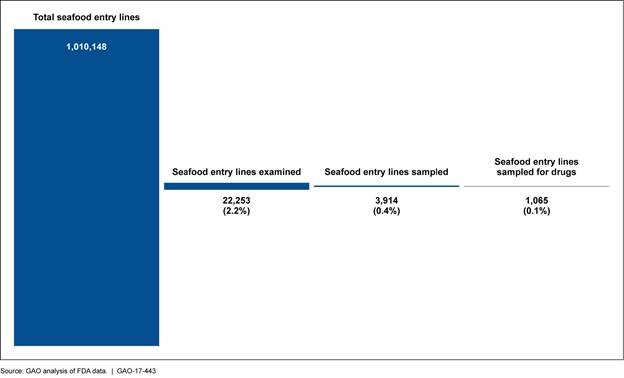
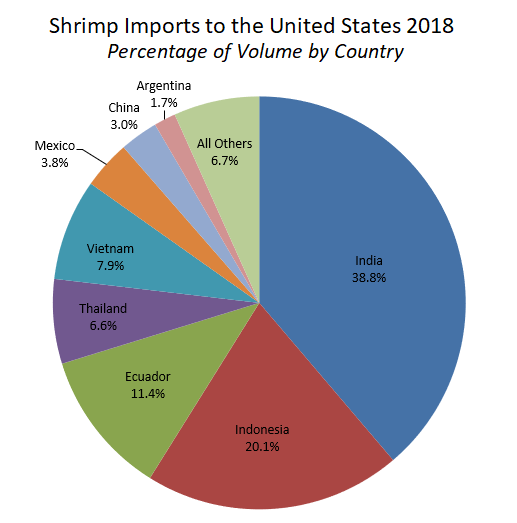 In fact, the majority of shrimp imported to the United States originate in countries from which the FDA regularly rejects shipments of shrimp due to banned antibiotics. And that’s saying a lot since the FDA tests less than .1% of all seafood imports for drug residues.
In fact, the majority of shrimp imported to the United States originate in countries from which the FDA regularly rejects shipments of shrimp due to banned antibiotics. And that’s saying a lot since the FDA tests less than .1% of all seafood imports for drug residues.
Of the imported shrimp the FDA tests, 12.2% are found to contain banned antibiotics, according to the most recent Government Accountability Office report in 2015. India is the worst offender, accounting for more than half of all shrimp imports rejected due to banned antibiotics (and due to salmonella). It is also the largest supplier to the United States and continues to increase its market share.
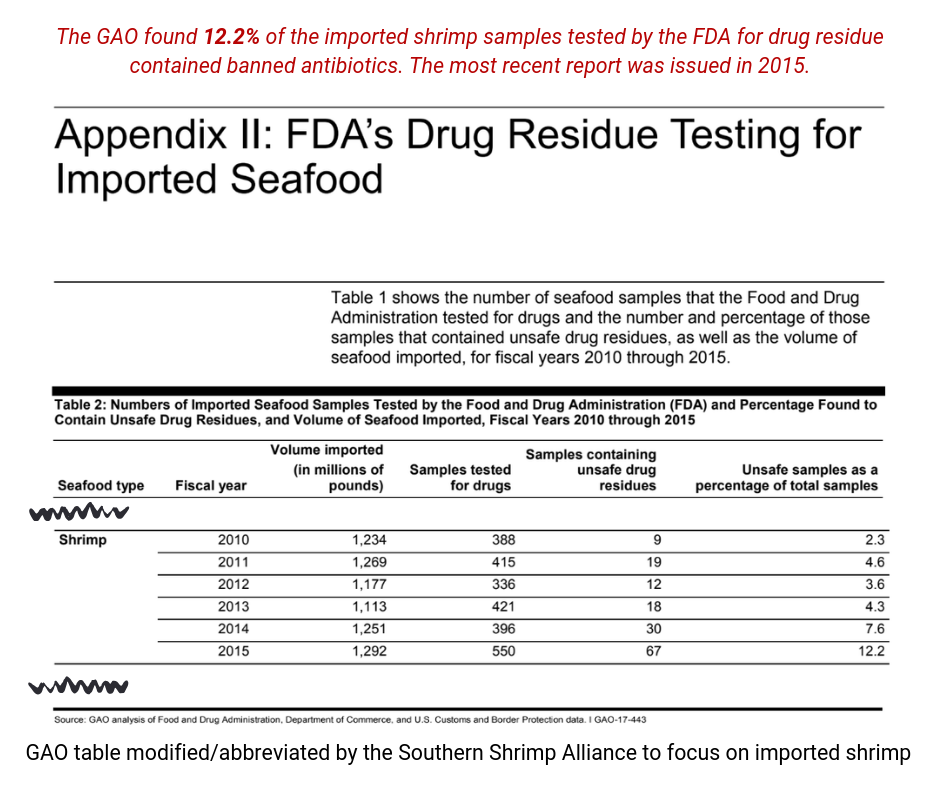
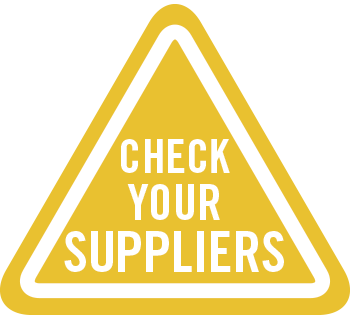 To help shrimp consumers and retailers know when the risks are greatest when purchasing imported shrimp, the Southern Shrimp Alliance developed the “Check Your Supplier” feature of its website. The resources include searchable databases of refusals by food safety agencies in the United States, European Union, and Japan and links to other food safety agencies and centers studying antibiotic resistance and aquaculture. They can be found at: https://shrimpalliance.com/take-action/banned-antibiotics
To help shrimp consumers and retailers know when the risks are greatest when purchasing imported shrimp, the Southern Shrimp Alliance developed the “Check Your Supplier” feature of its website. The resources include searchable databases of refusals by food safety agencies in the United States, European Union, and Japan and links to other food safety agencies and centers studying antibiotic resistance and aquaculture. They can be found at: https://shrimpalliance.com/take-action/banned-antibiotics
“We do not have to be bystanders to the problem of banned antibiotics and imported shrimp,” states John Williams, Executive Director of the Southern Shrimp Alliance. “There is information on the countries that fail to control banned antibiotic use and there are laws requiring traceability back to the farm. We just need to prioritize human health over the cheapest price when purchasing imported shrimp.”
